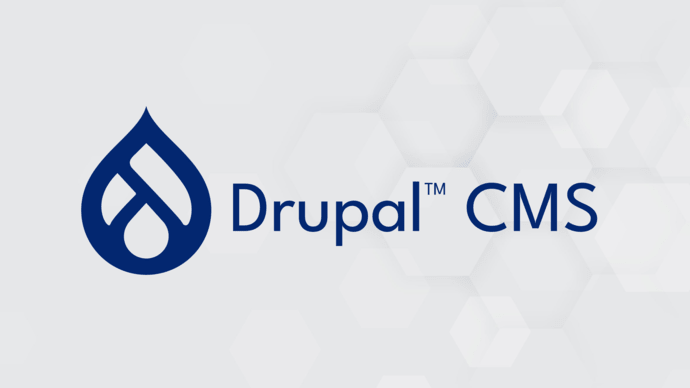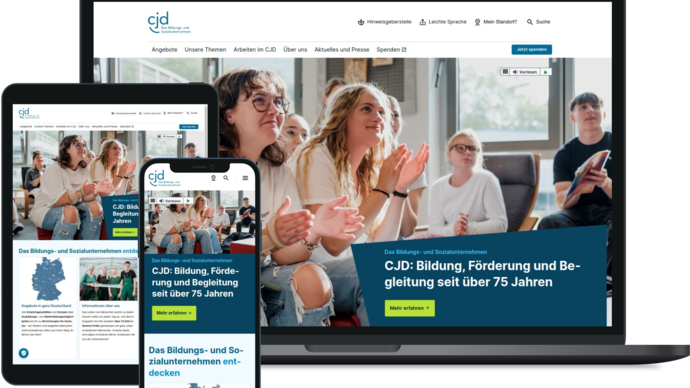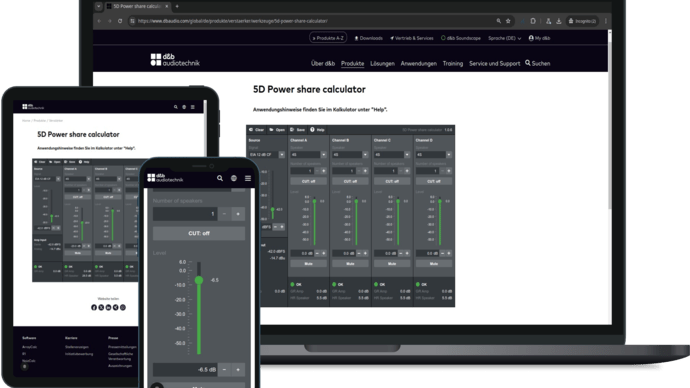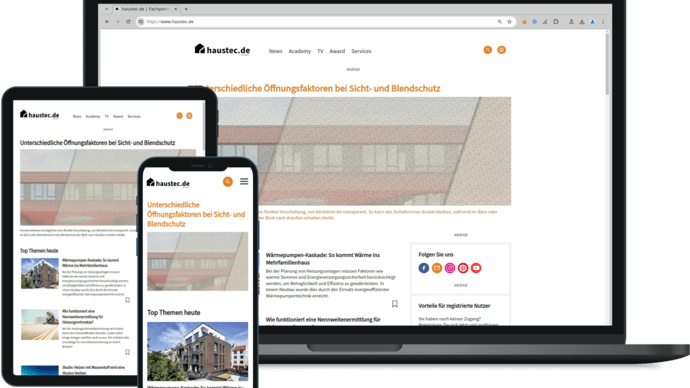
What does target group analysis mean?
A target group analysis is a process in which companies or organizations examine the characteristics, needs and behavioural patterns of their potential customers. The purpose of target group analysis is to develop a deep understanding of who the ideal customers for a particular product or service are and how best to reach and address them. For example, data on age, gender, income, education level, purchasing habits, etc. can be used. The aim of a target group analysis is to optimize marketing and product development so that they are aligned with the needs and wishes of the target group.
How do I carry out a target group analysis?
The following steps can be taken to carry out a target group analysis:
- Define the target group: think about who the ideal target group for your product or service is.
- Gather data: Obtain information about your target audience through surveys, interviews, online research and analyzing sales data.
- Create a target group profile: Use the collected data to create a detailed profile of your target group that describes their characteristics, needs and behavioral patterns.
- Check the relevance: Check whether the target group profile created is actually relevant to your company.
- Adapt and update: Regularly review your target group profile and adjust it if the needs and behavioral patterns of your target group change.
These steps can help you develop a deep understanding of your target group and align marketing and product development to meet the needs and desires of your target group. This also includes the "right" communication strategy.
Example of a target group analysis - method
An example of a target group analysis could be an examination of the purchasing behavior and purchasing decisions of potential customers for a specific product. The target group is defined on the basis of demographic characteristics such as age, gender, income or place of residence. Various methods can be used to understand the purchasing motivations and preferences of this target group, such as an online survey or a focus group discussion.
Let's take a company that manufactures sportswear as an example. In order to better understand its target group, the company conducts a survey in which people are asked about their purchasing behavior and buying motives. By analyzing the responses, the company can find out which product features and designs are particularly important to their target group and which factors influence their purchasing decisions. Based on these findings, the company can then plan targeted marketing campaigns and product developments to better meet the needs and wishes of its target group and thus increase sales.
Which tools can help with a target group analysis?
There are a variety of tools available for target group analysis, including:
- Market research tools: Such as SurveyMonkey, Qualtrics or Google Forms, which you can use to gather direct feedback from your target audience.
- Social media analytics tools: Like Hootsuite or Sprout Social, which you can use to track and analyze your brand's presence on social media.
- Data analytics tools: Like Google Analytics or Tableau, which you can use to collect and analyze data about your audience's behavior.
- Demographic data tools: Such as Nielsen or ESRI, which you can use to collect and analyze demographic information about your target audience.
- Competitor analysis tools: Like SEMrush or SimilarWeb, which you can use to collect and analyze information about the competition.
It is important to note that none of these tools alone offer all the features required for audience analysis. You may need to combine several tools to carry out a comprehensive target group analysis. Select the tools that are best suited to your needs and combine them to perform a target group analysis that meets your requirements.


















